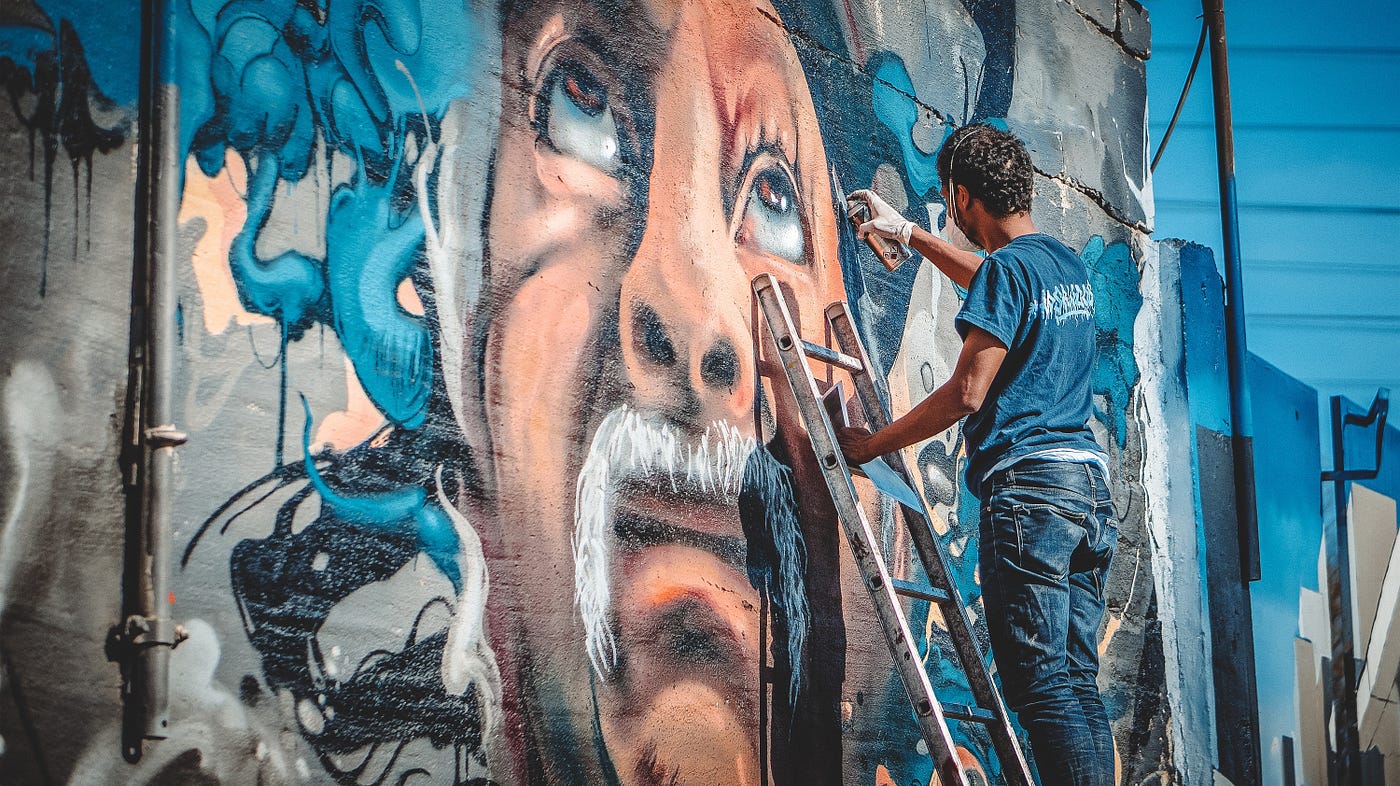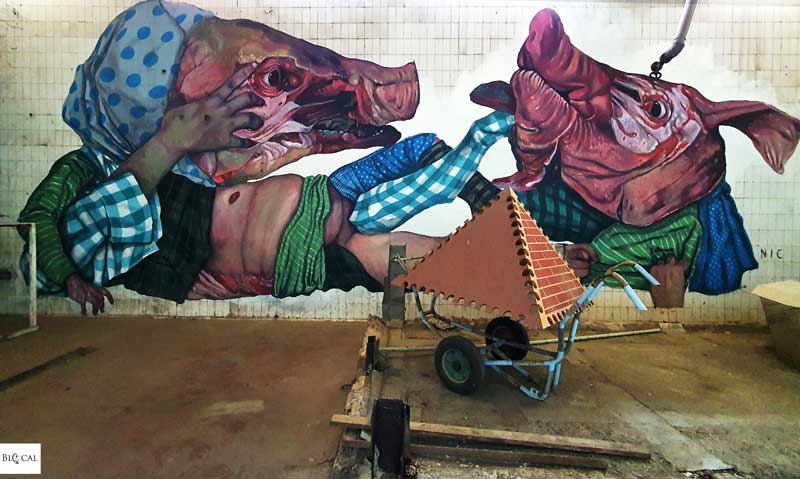Beyond Graffiti: The Evolution of MAAM Museum in Rome
Enchanting salutations, dear reader! Buckle up as I'm about to take you on an exploration of artworks that is very unique from what you have seen so far. A museum where art speaks in a different way, carries you to an astonishing world and also makes you understand the meaning of survival. Come up with me and unravel the history of MAAM!
In the heart of Rome's eastern suburbs lies a place of captivating contradictions, where art and life intertwine in an extraordinary symbiosis. What once was an abandoned salami factory in the Tor Sapienza suburb has transformed into the Museo dell’Altro e dell’Altrove di Metropoliz, lovingly known as MAAM, the Museum of the Other and the Elsewhere. But this is no ordinary museum. It is the world's first inhabited museum and contains more than 600 pieces of art. Renowned artists like Kobra, Solo, Diamond, and Luca Maleonte share the spotlight with Alice Pasquini, currently hailed as the world's most renowned Italian street artist.
MAAM is a sanctuary and a refuge for 200 squatters, 80 of whom are children, hailing from diverse backgrounds: Italians and migrants from Morocco, Sudan, Eritrea, Peru, Ukraine, and even local Roma families. Together, they have breathed new life into this forgotten place, protecting both the art and each other.
In 2009, a group of homeless individuals, strangers to one another, decided to seek shelter within the abandoned factory's walls. They saw potential where others saw only decay, and with newfound determination, they cleaned and transformed the once derelict site into a place they could call home. Little did they know that their actions would set the stage for something truly extraordinary.
 |
| Michelangelo Pistolleto |
MAAM swiftly emerged as a prominent contemporary art space in Rome, boasting murals, paintings, and installations contributed by over 300 artists from across the globe. Among the notable names are renowned contemporary visual artists like Michelangelo Pistoletto, who joined hands with emerging street artists from the neighbourhood to create a diverse tapestry of creativity.
But this isn't your typical art gallery. The unique aspect of MAAM lies in the artists' ability to incorporate remnants of the factory's gruesome past as a slaughterhouse. Themes of discrimination, xenophobia, and nationalism echo through the artwork, urging visitors to confront uncomfortable realities. Murals depicting strung-up pigs in a room once used for stripping carcasses and livestock cages used as installations about the lives of prisoners and migrants are just a few examples.
The 80 children who call MAAM home were born within its very walls, growing up surrounded by captivating murals and thought-provoking installations. Their parents have ingeniously converted parts of the factory and auxiliary buildings into improvised homes, ensuring their families can thrive amidst the art that surrounds them.
Not all is a bed of roses at MAAM. The occupants, fully aware of the hostile neighborhood's sentiments towards immigration, have faced protests and tensions. Eviction looms like a dark cloud, and their doors are open to visitors only on Saturdays. Despite their uncertainties, the squatters bravely carry on, maintaining the museum's exhibition area and cafeteria with dedication.
Their perseverance is tested as the owner of the building, Salini Impregilo, a major Italian engineering and construction company, files a lawsuit against the squatters, alleging that they are damaging the property. The trial remains ongoing, leaving the future of MAAM hanging in the balance. Yet, the dream of recognition from the government persists, as De Finis hopes that the art will serve as a barricade, safeguarding this sanctuary from being replaced by yet another shopping mall.
Despite the looming uncertainties, MAAM remains a symbol of unity, resilience, and the profound power of art. Its inhabitants welcome curious visitors and tourists, hoping that the admiration for their unique museum can help them keep a roof over their heads. Their desire for their community to flourish rather than merely survive drives their daily efforts.
MAAM is much more than a museum; it's a testament to the indomitable human spirit and the transformative power of art. Amidst the brush strokes and installations, lives intertwine and cultures blend, defying the odds and creating an atmosphere of acceptance and understanding. The story of MAAM is a reminder that beauty can be found in the most unexpected places, and sometimes it takes a group of marginalised souls to breathe life into forgotten spaces. As we await the resolution of the ongoing trial, let us celebrate MAAM as a beacon of hope and a living testament to the belief that art can indeed change lives.







Comments
Post a Comment